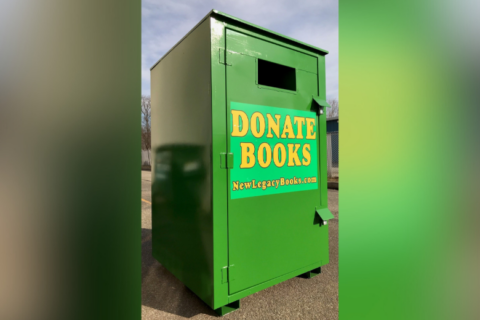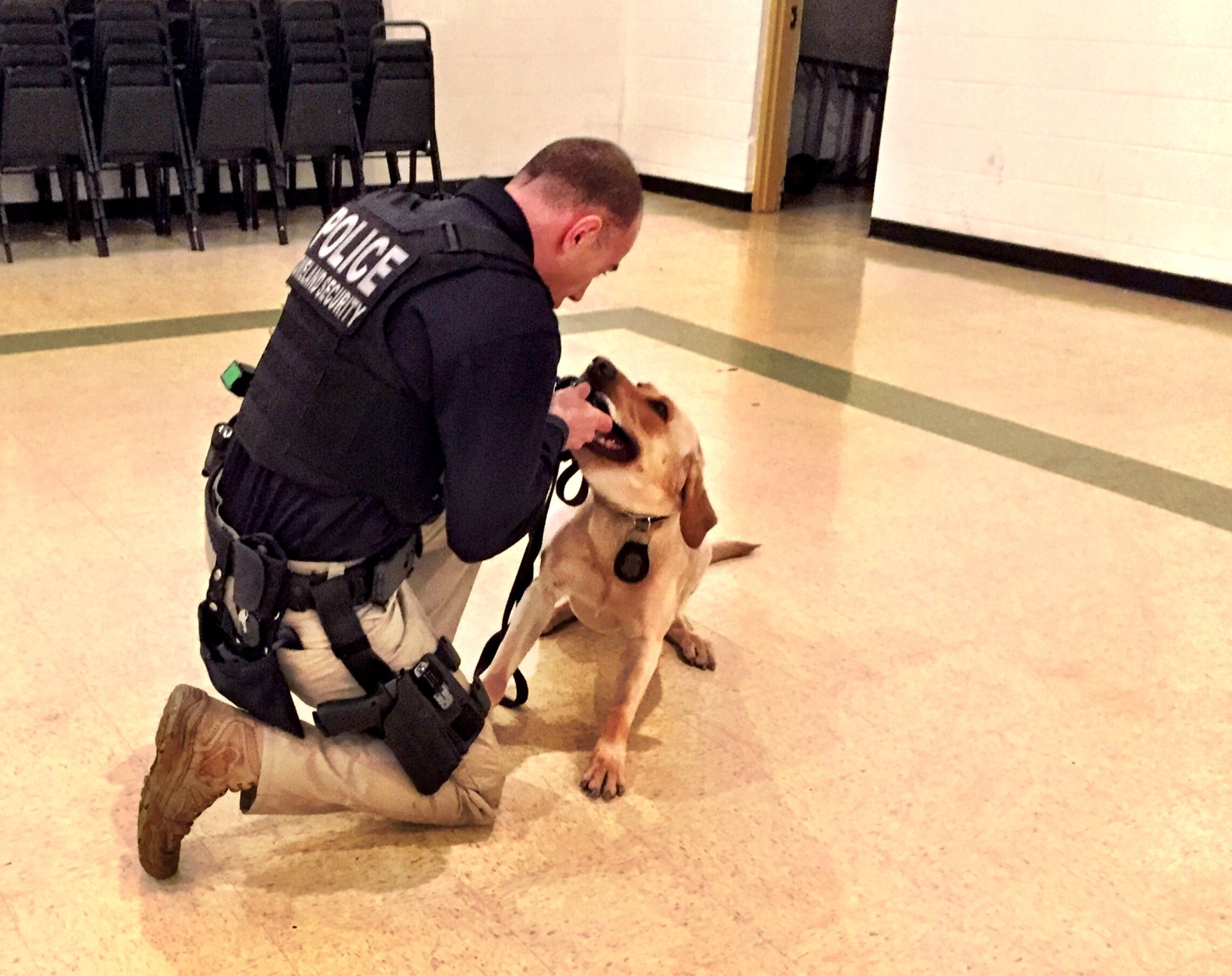
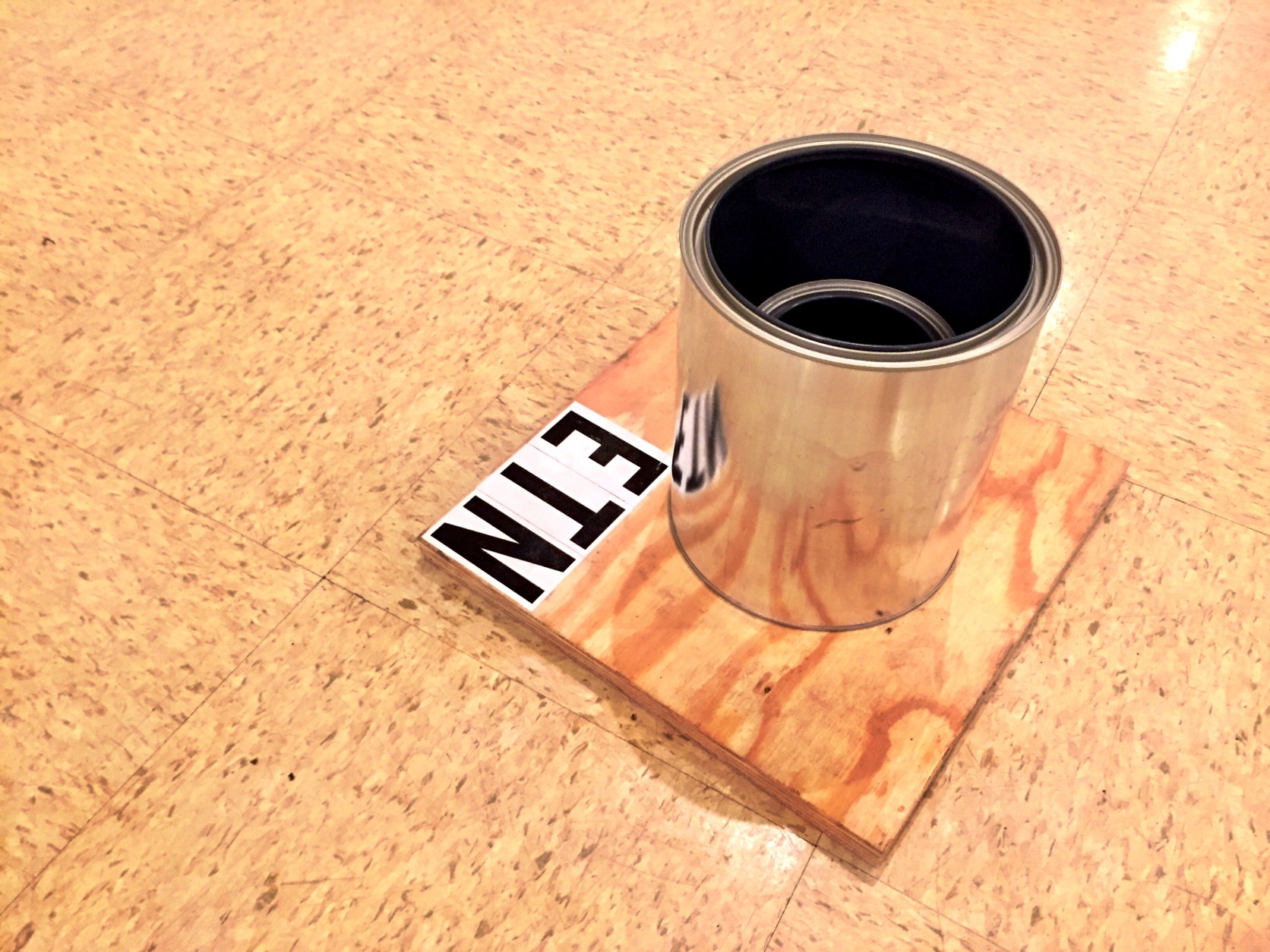
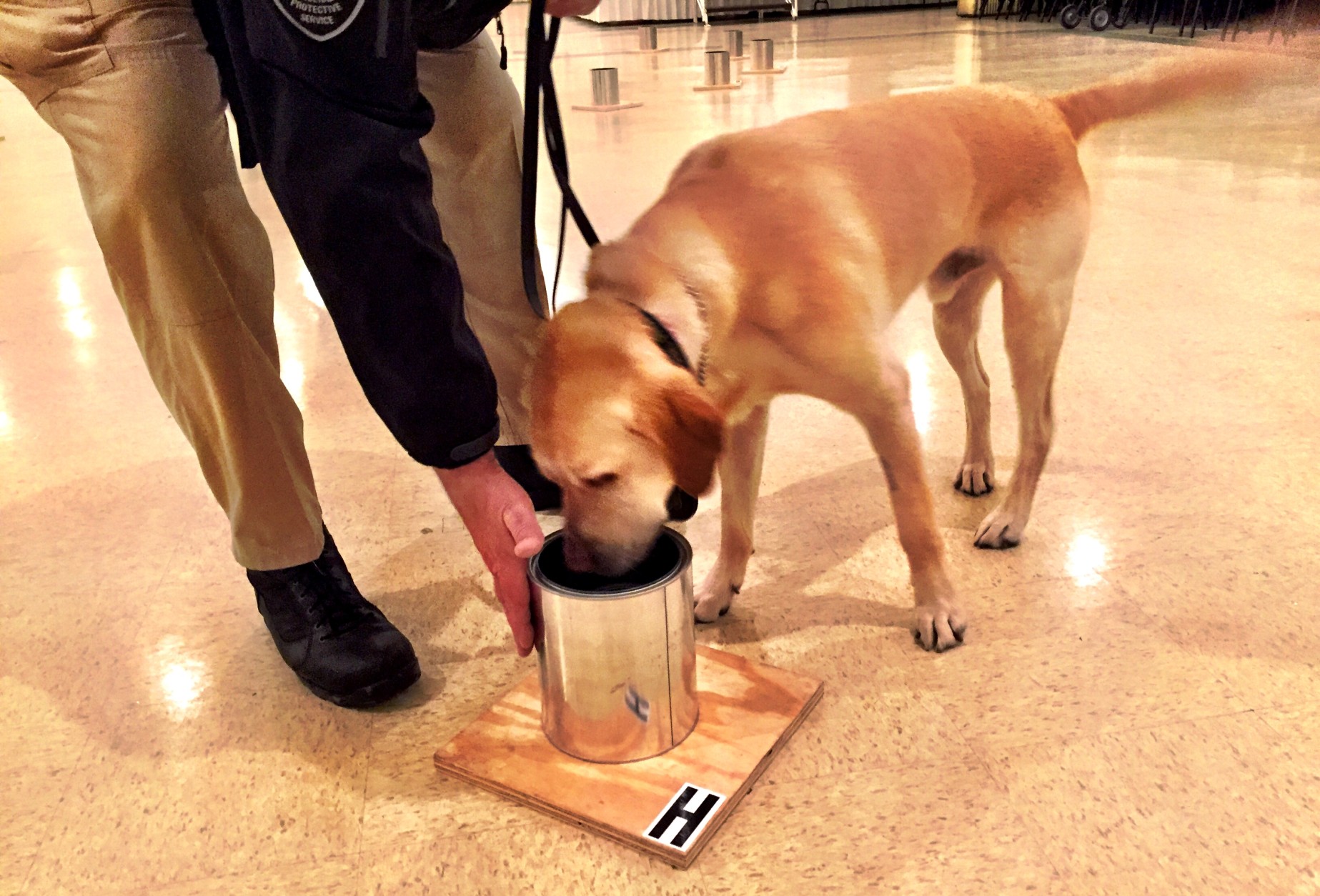
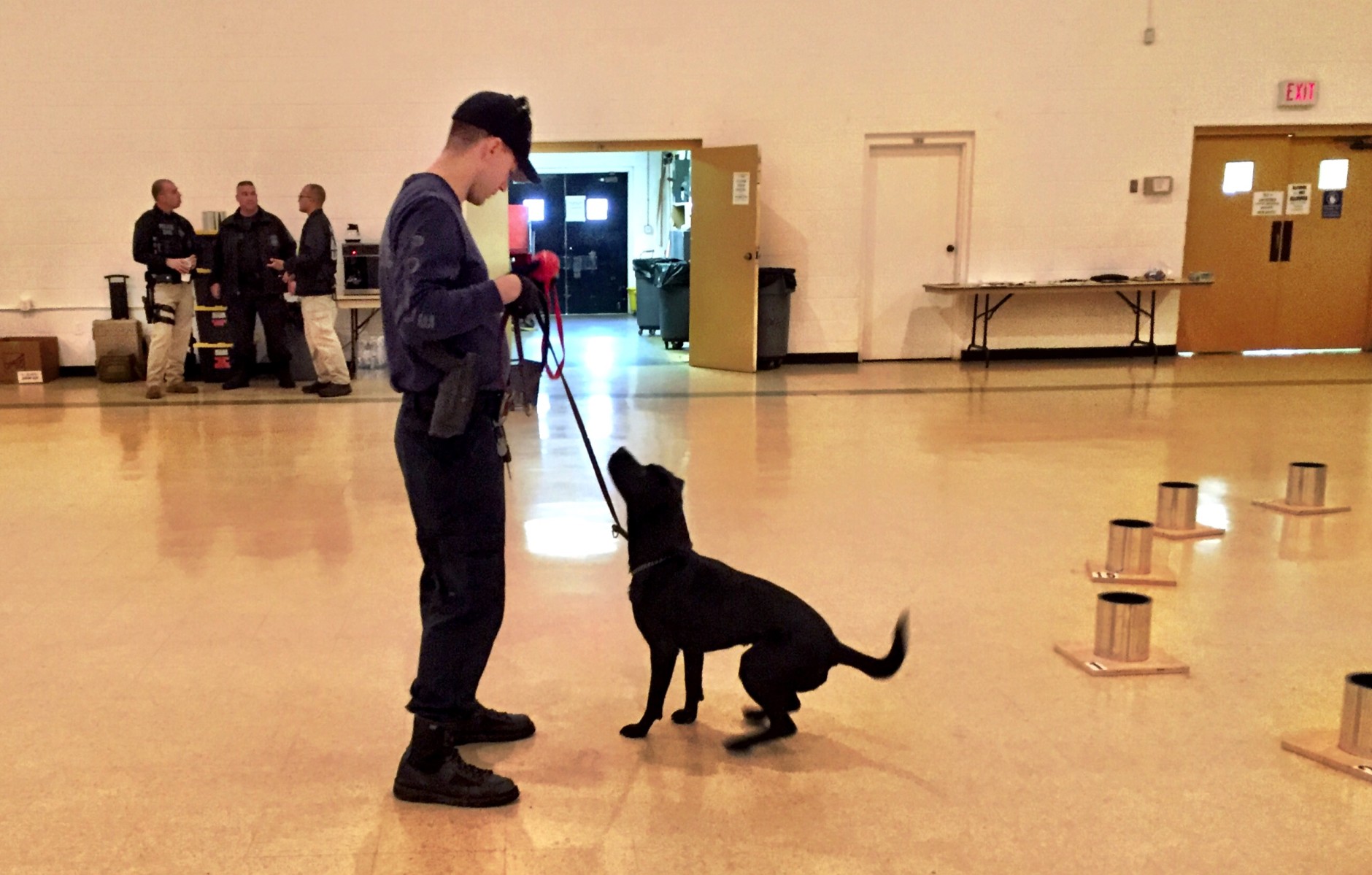
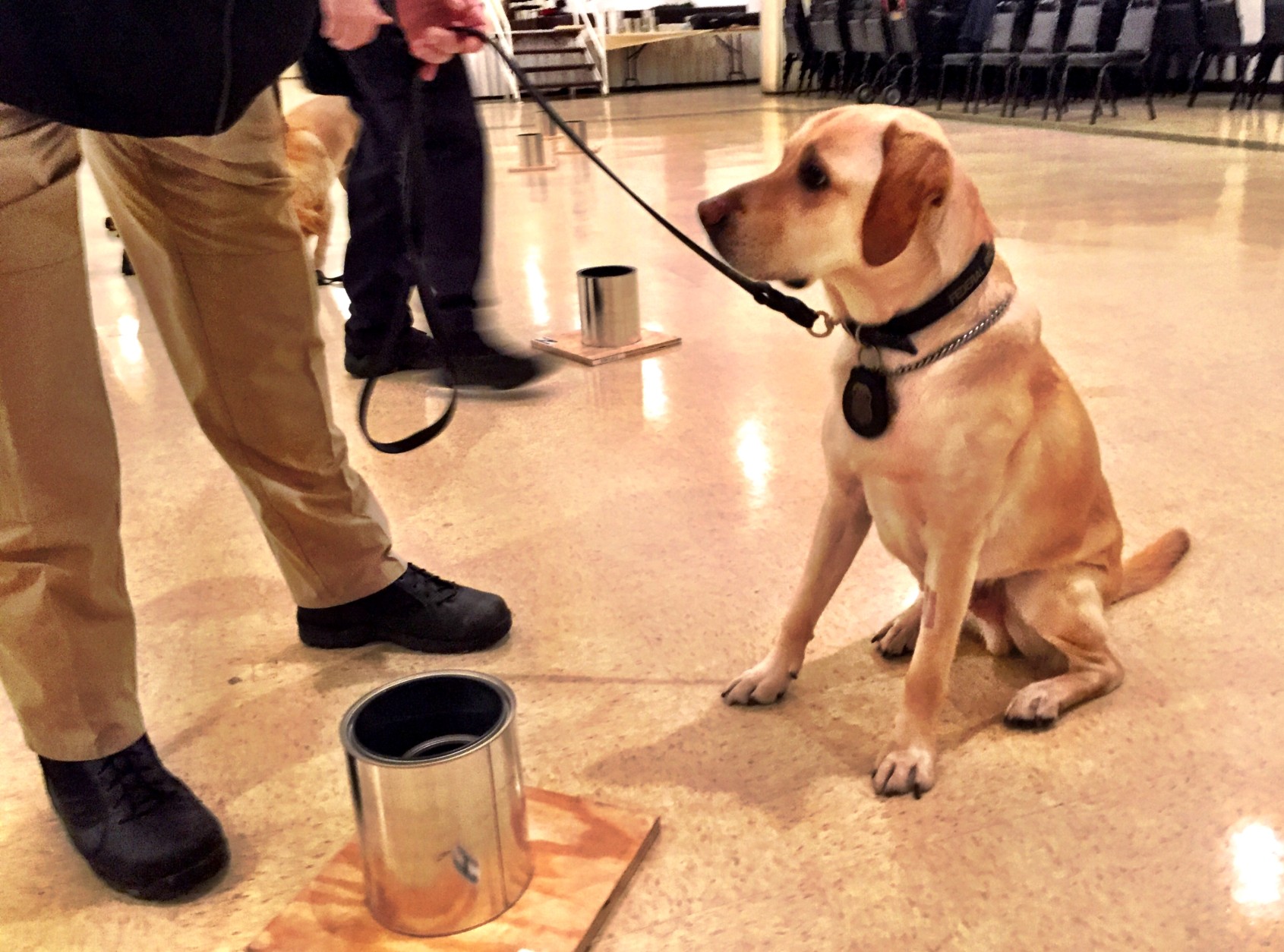
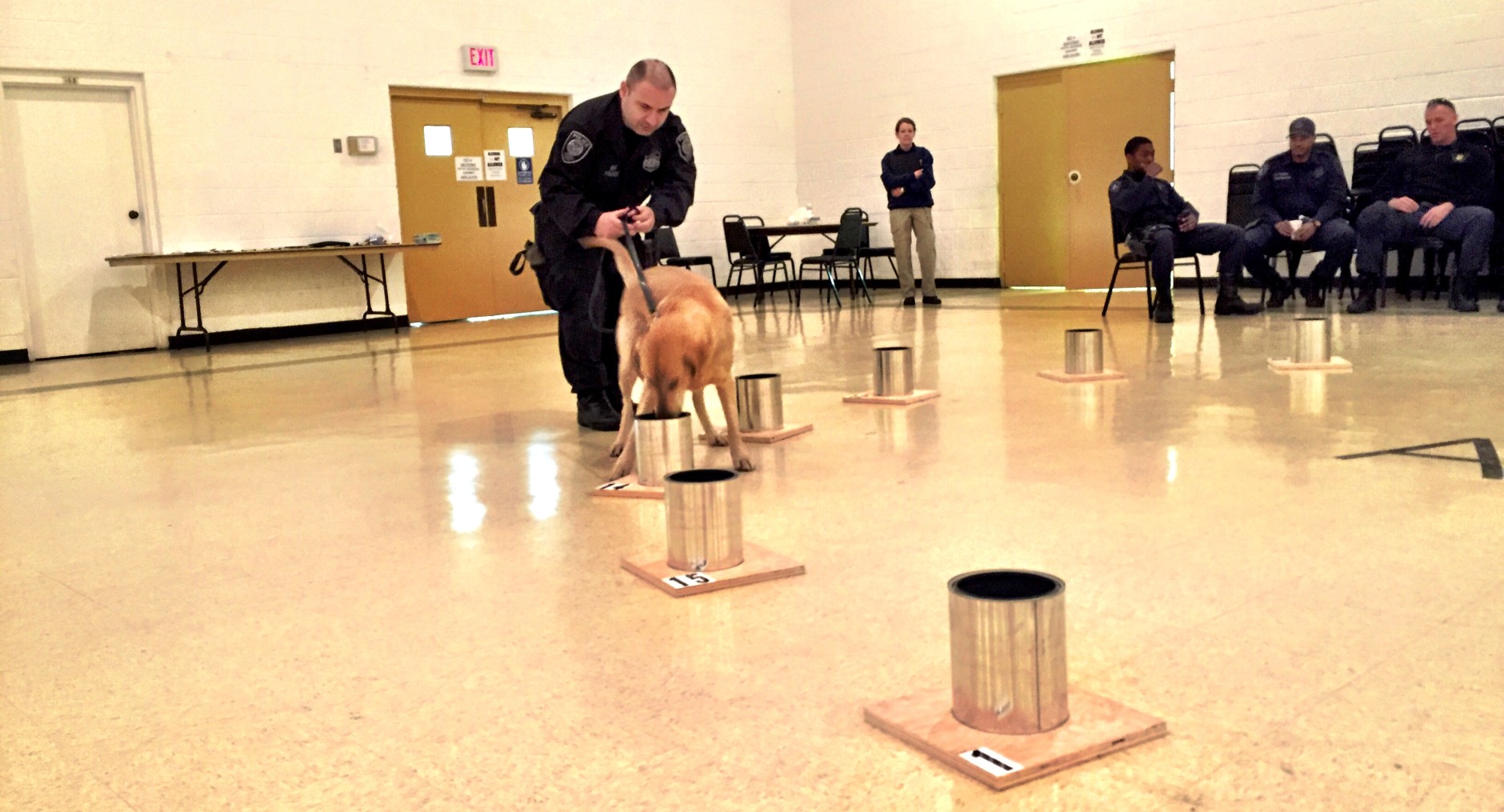

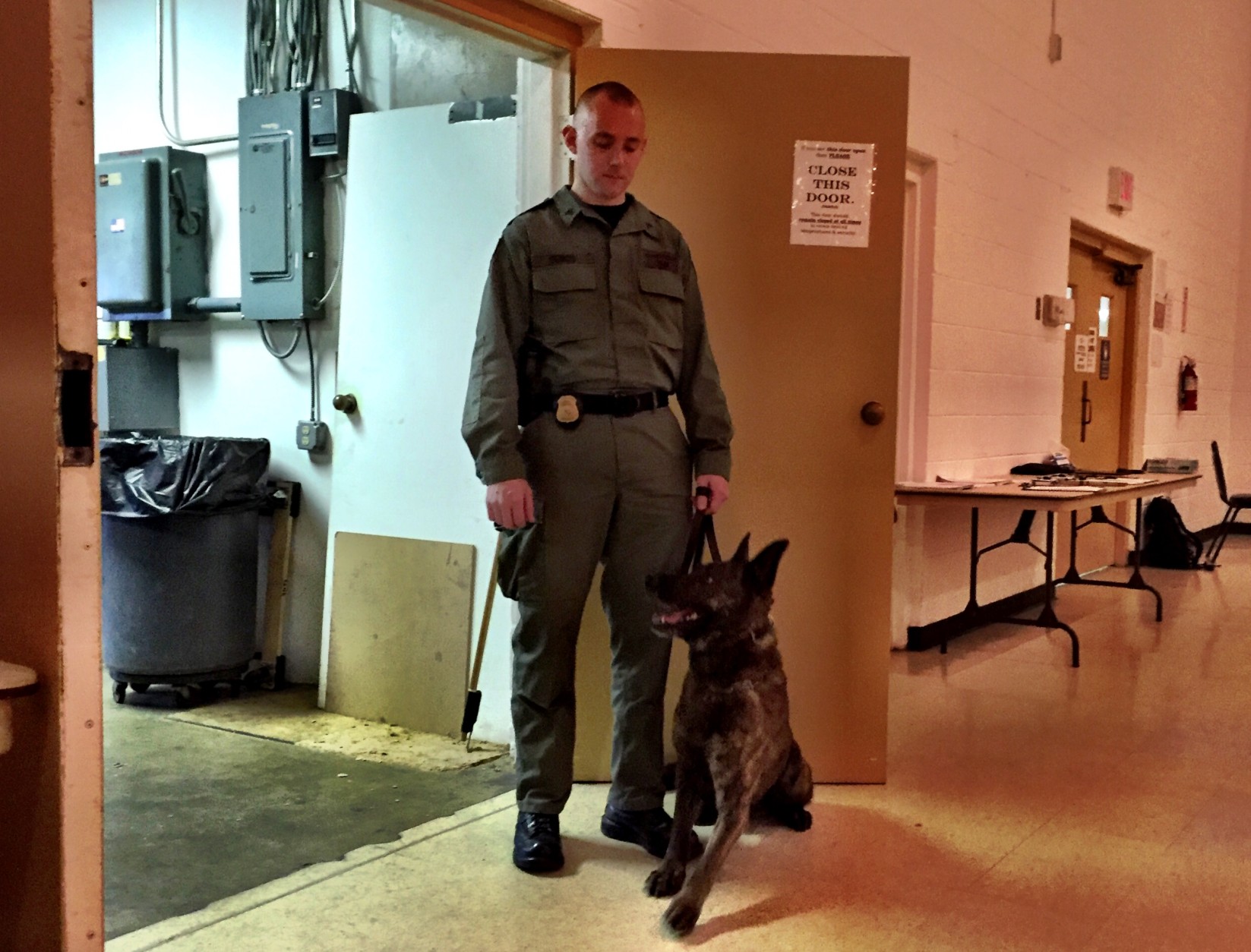
.@ATFHQ teaching bomb sniffing K-9s to recognize homemade explosives favored by terrorists. pic.twitter.com/Gf3HaNyI13
— Neal Augenstein (@AugensteinWTOP) December 10, 2015
Even bomb sniffing dogs at @ATFHQ training like a pull toy and some positive reinforcement. pic.twitter.com/e3KckSljZj
— Neal Augenstein (@AugensteinWTOP) December 10, 2015
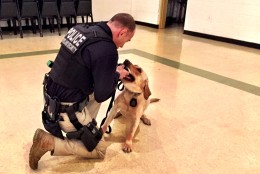
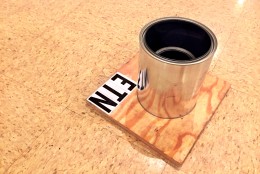
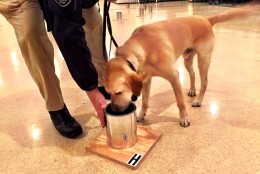
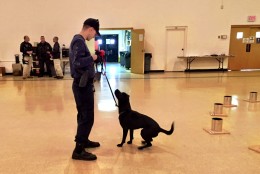
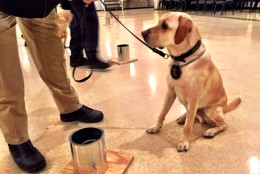
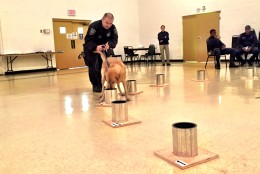
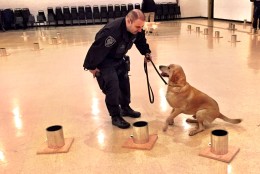
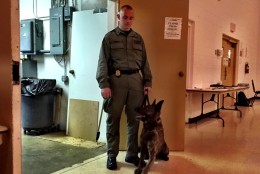
FAIRFAX, Va. — In the wake of the Paris terrorist attacks, local bomb-sniffing dogs are being exposed to the tools of the terror trade — homemade improvised explosives.
James James and other instructors with the Bureau of Alcohol, Tobacco & Firearms National Canine Division have been training local and state explosives detection teams to recognize weapons favored by the growing number of lone wolf and smaller organized terrorist organizations.
“In this day and age, because of resources that are available, because of the information available on the Internet, that is probably the biggest threat,” says James. “Improvised explosives can be made from different chemicals that are easily accessible.”
In a Fairfax auditorium, during a three-day session, approximately 40 local teams of dogs and handlers have been exposed, in some cases for the first time, to the potentially deadly compounds that terrorists are weaponizing.
In addition, ATF instructors and chemists administered their National Odor Recognition Testing to the federal, state, local, and military teams participating.
Dogs are led to small metal cans, set up in a circle. Some cans have harmless items inside, such as batteries, tape and cosmetics that might be encountered during an explosives search. Those cans are marked with an “N,” indicating “negative.”
Identical from the outside, another can is marked with “T,” for “Triacetone Triperoxide,” or TATP.
“Most recently, it was used in the Paris attacks with the suicide vests there,” says James. “It is a threat here as well.”
The explosive nature of the chemicals makes it dangerous for law enforcement agencies seeking to train their explosives detection teams, says James.
“It’s super sensitive to heat, shock, and friction, so logistically it’s difficult for K-9 teams to have access to TATP … because of the volatility.”
Another training can is labeled “UN.”
“Urea nitrate was used in the prior twin towers bombing, back in 1993,” says James.
Urea is commonly found in fertilizer.
“Urea is not explosive, but through a process, you can make it into urea nitrate,” he says.
Many websites include descriptions of how to convert harmless materials into dangerous weapons, although much of the information is incorrect or imprecise, posing danger to untrained people experimenting with making explosives.


